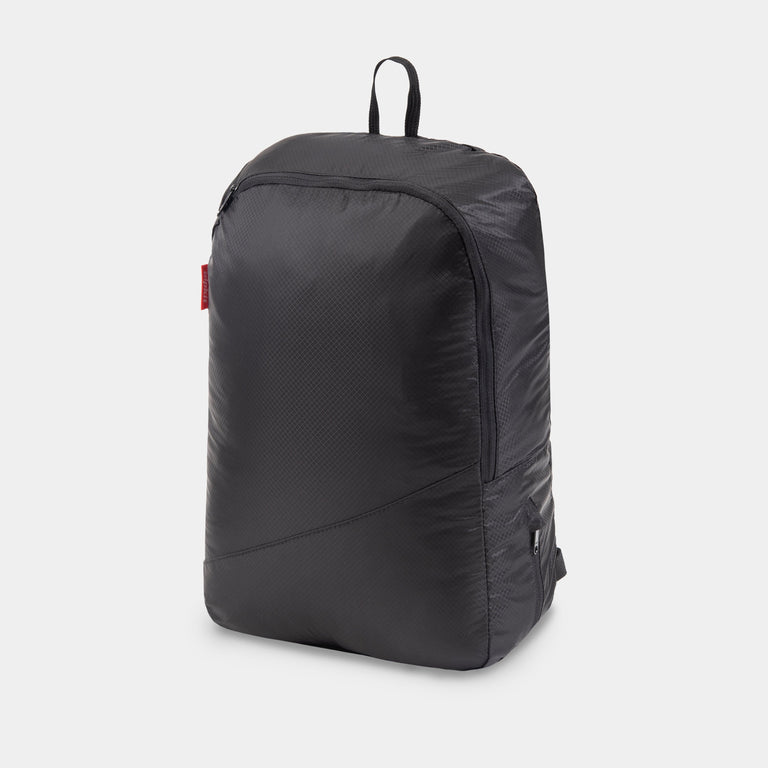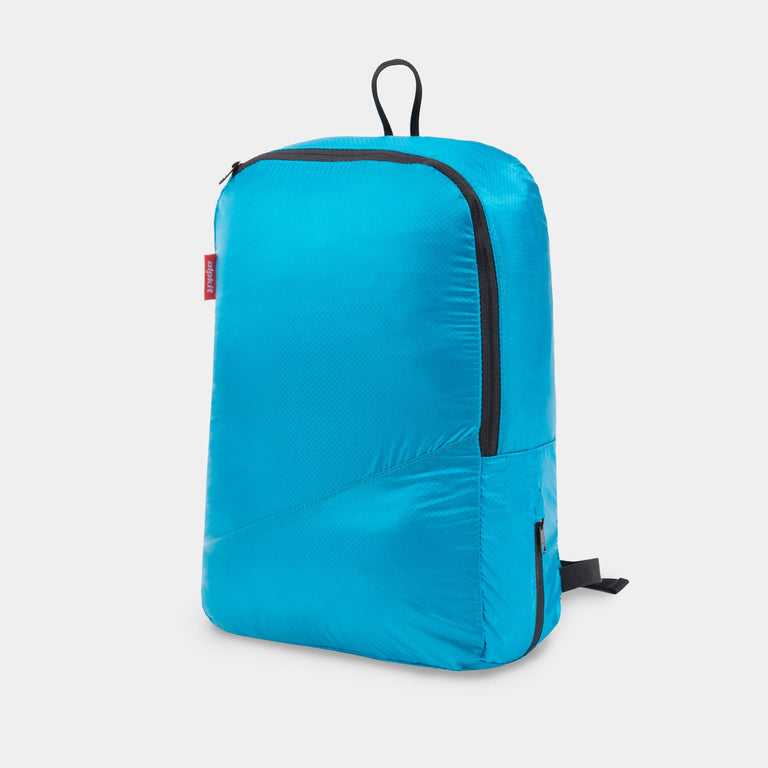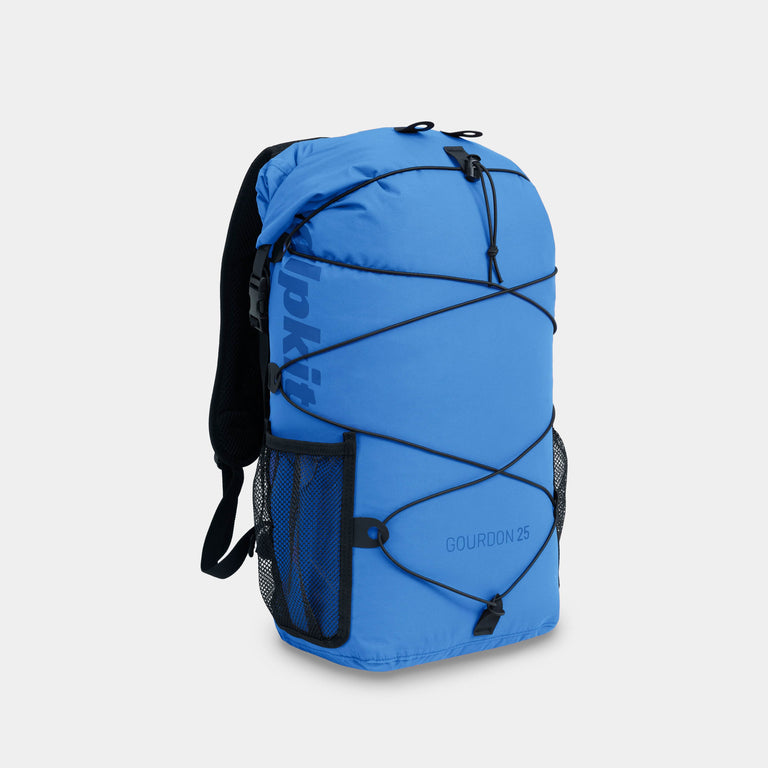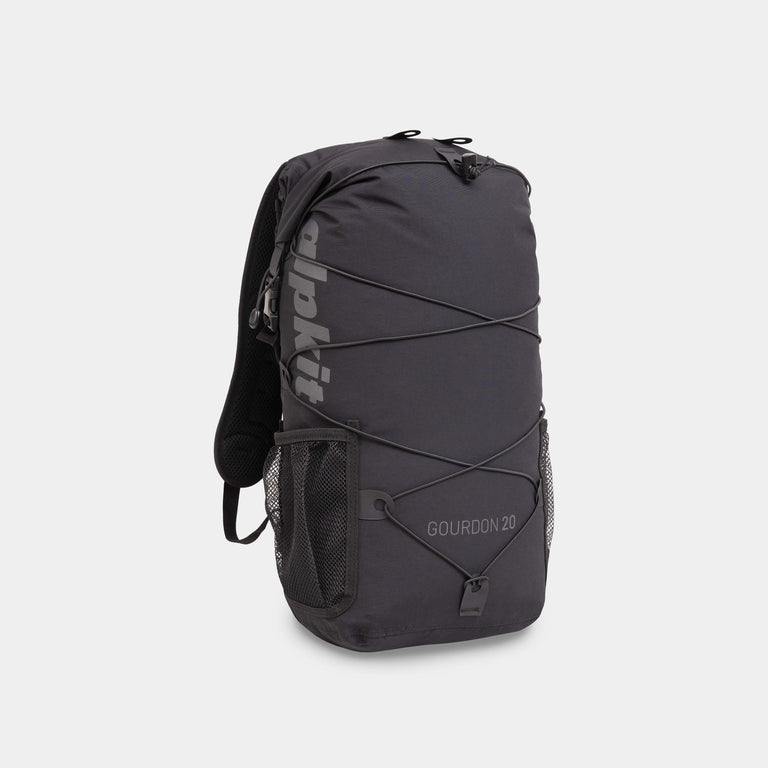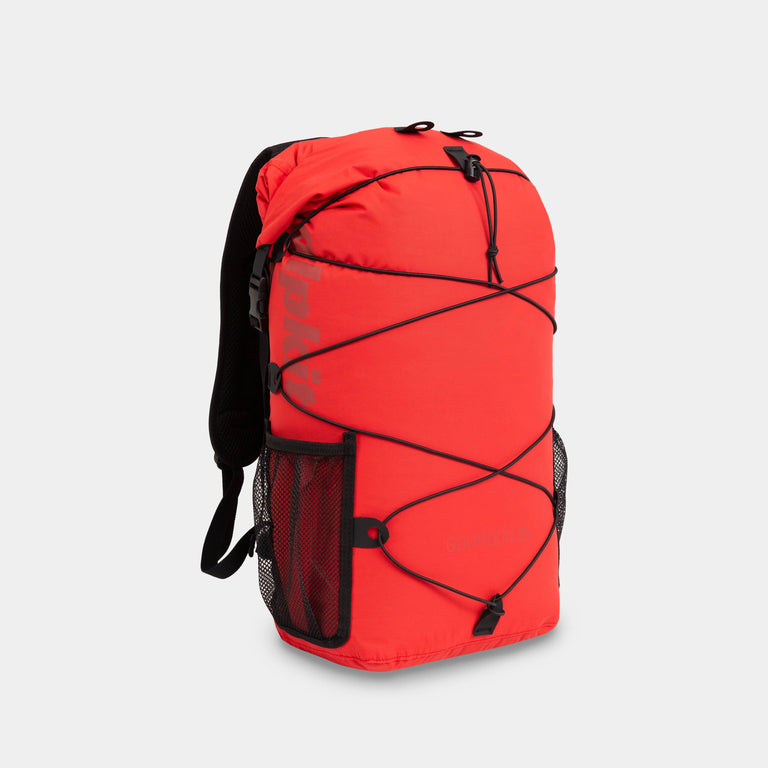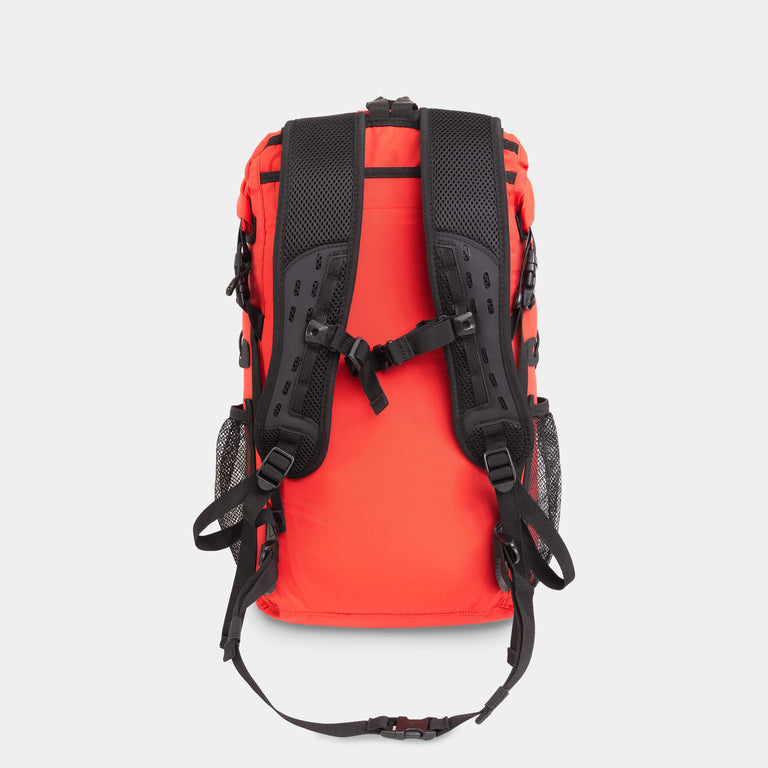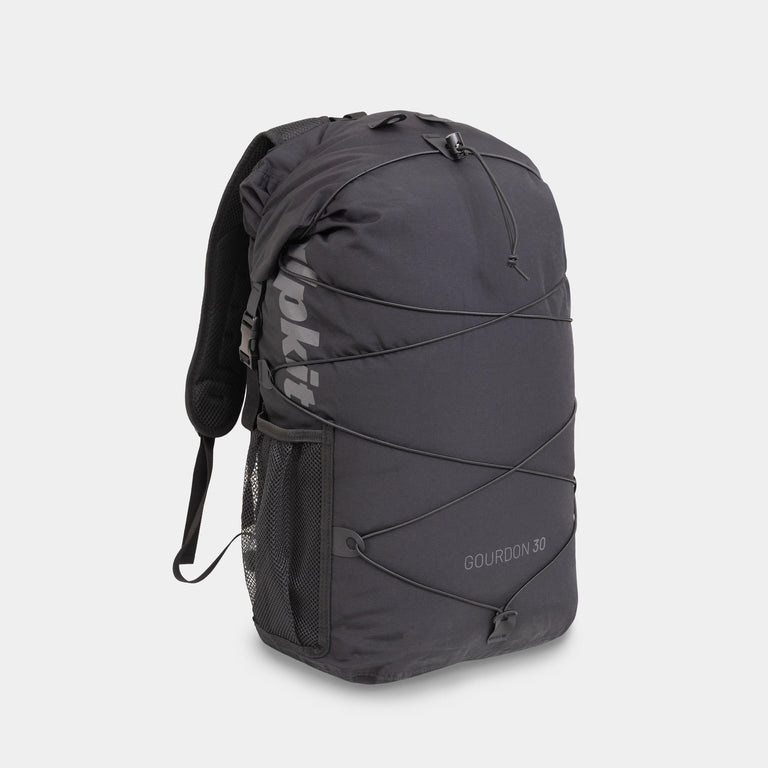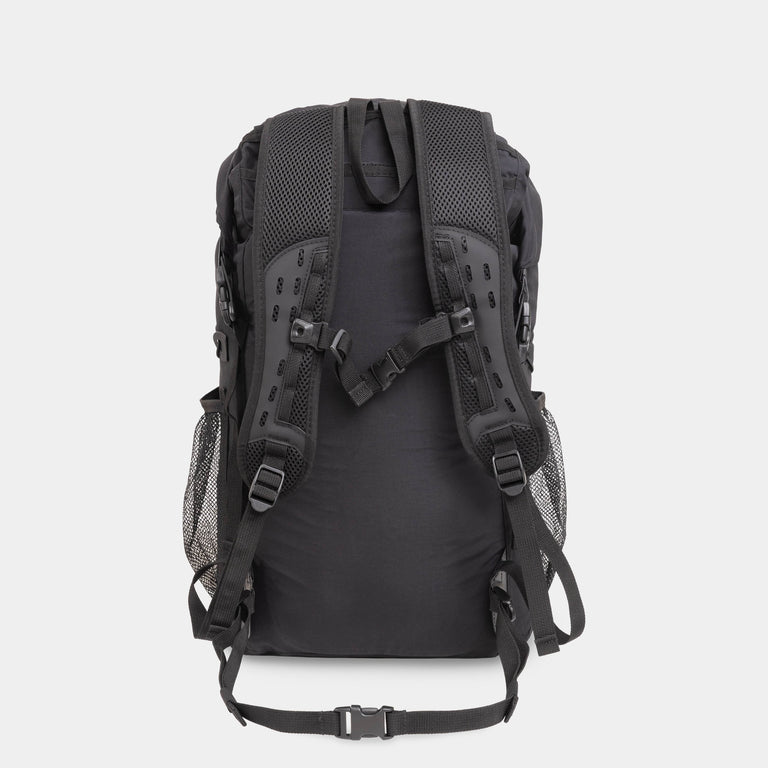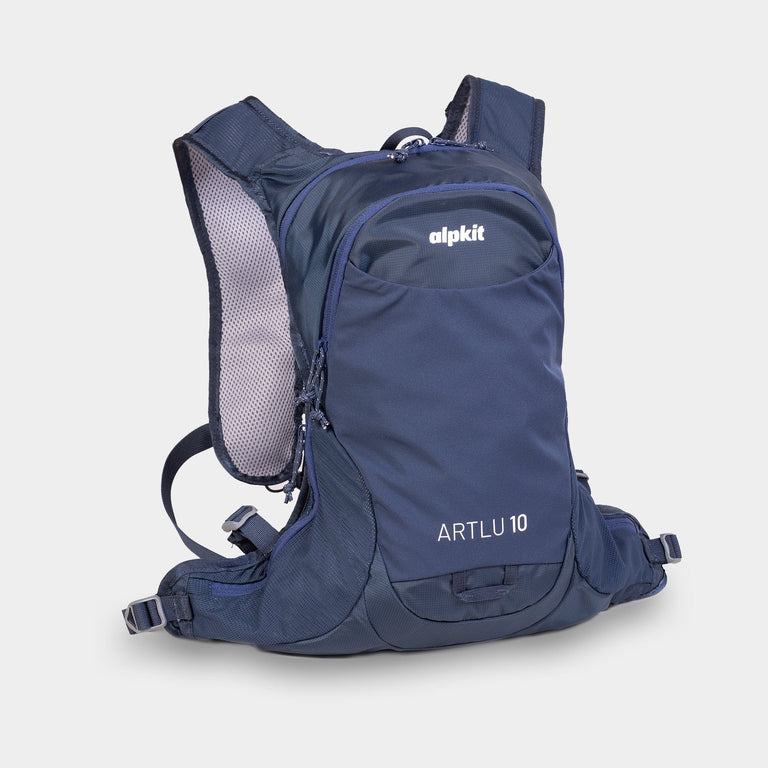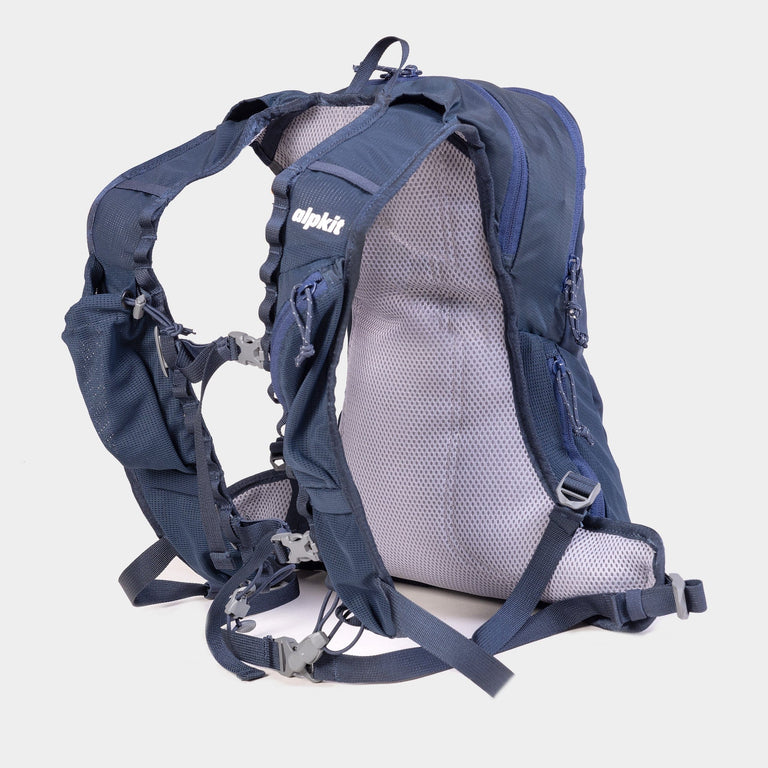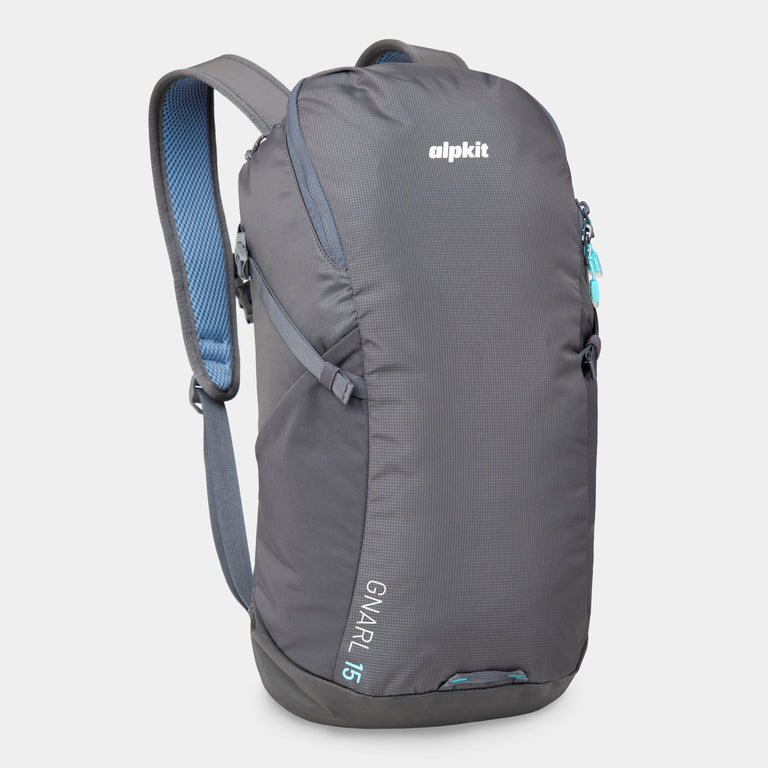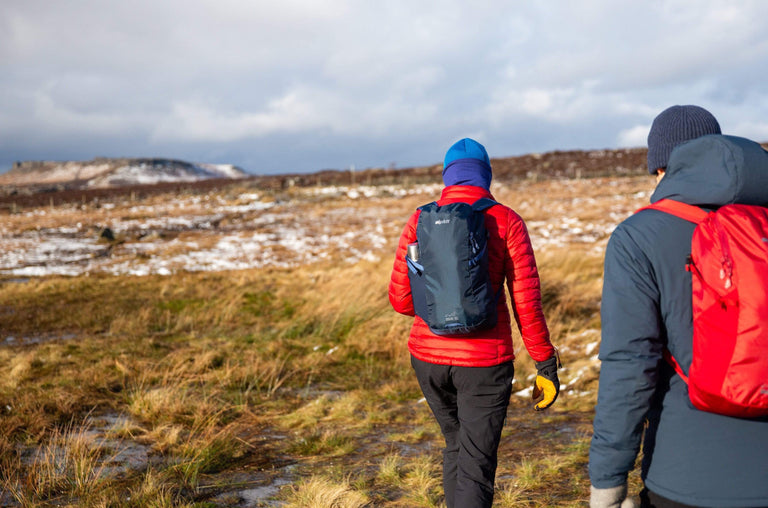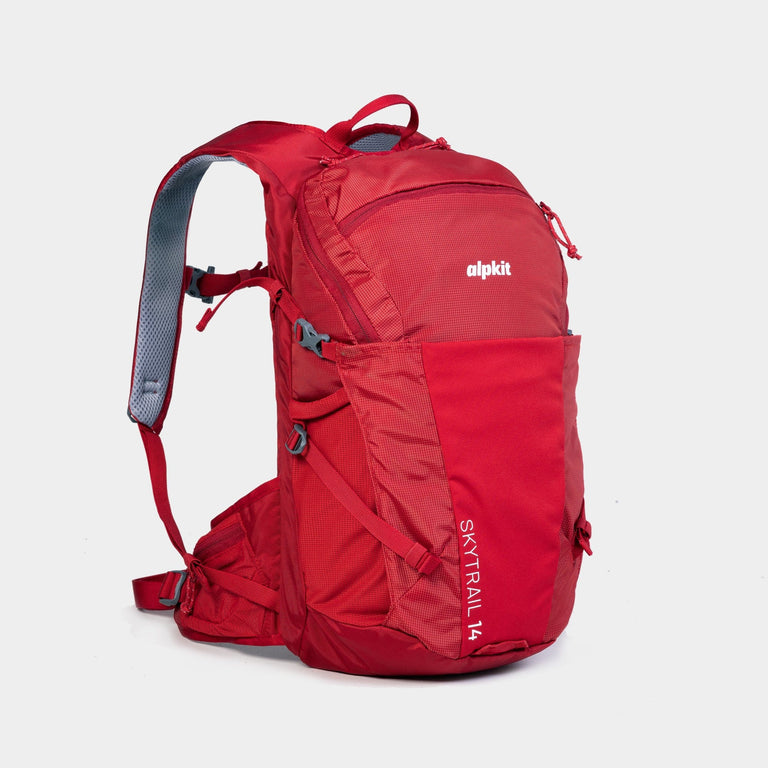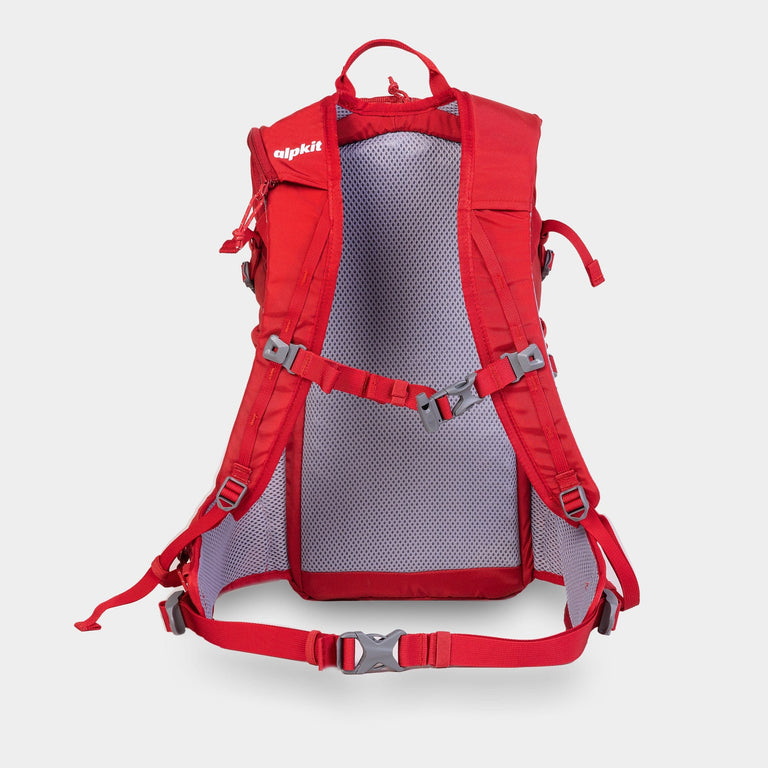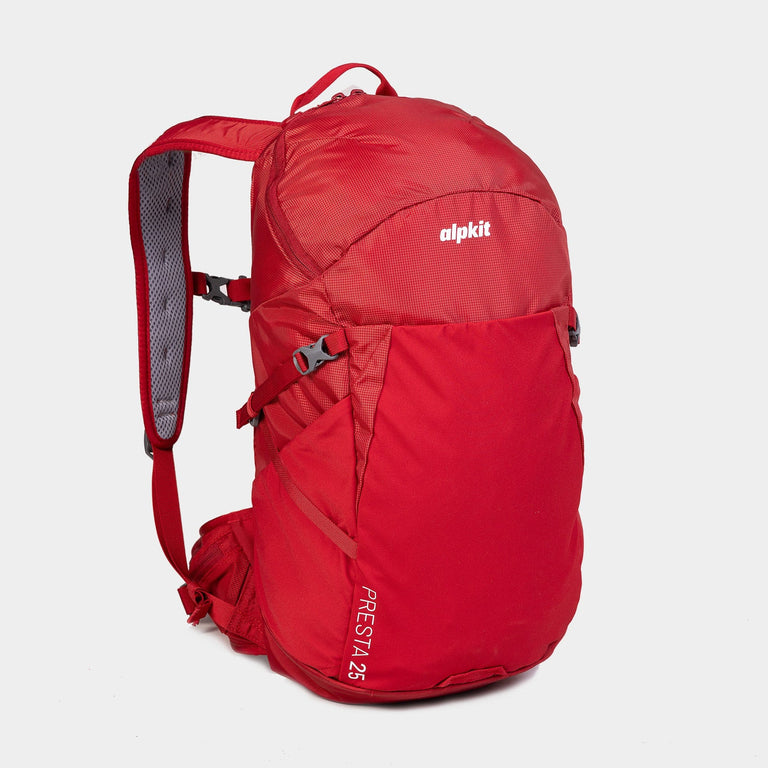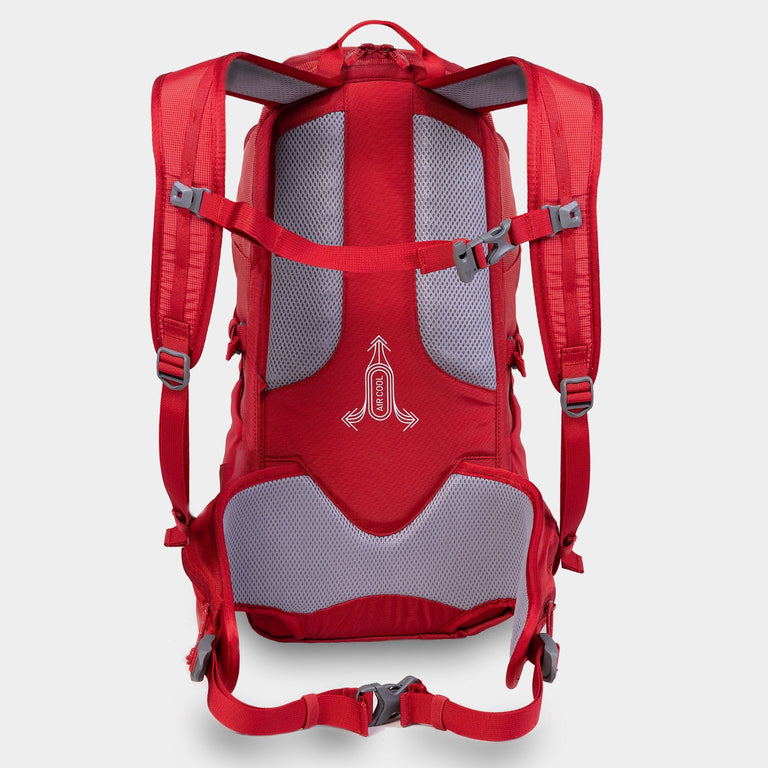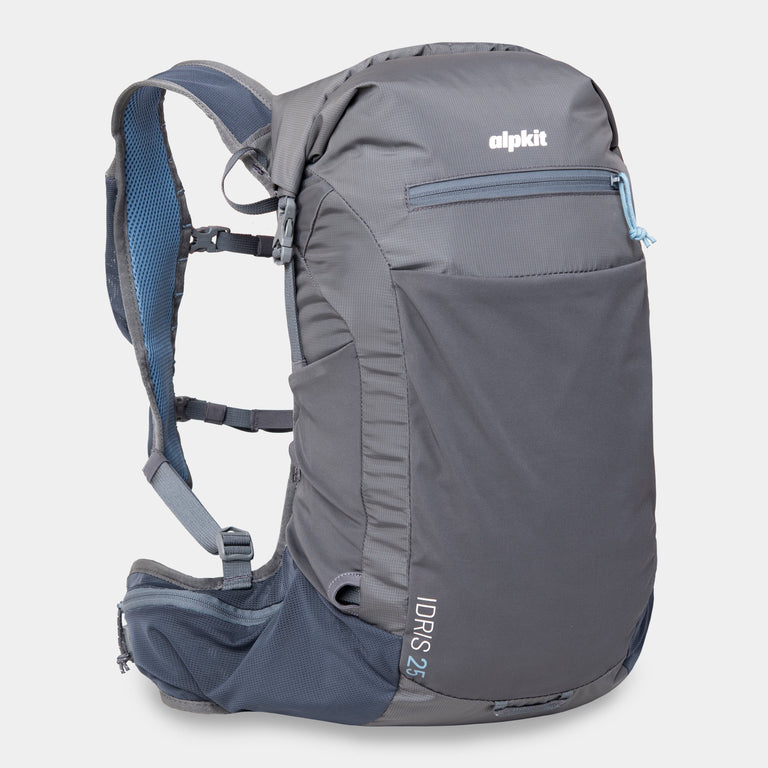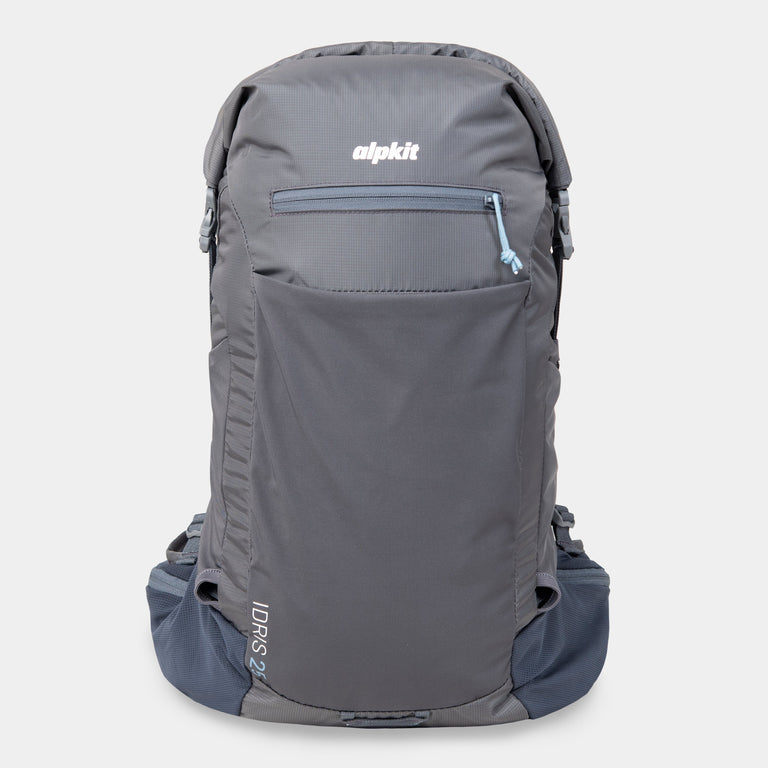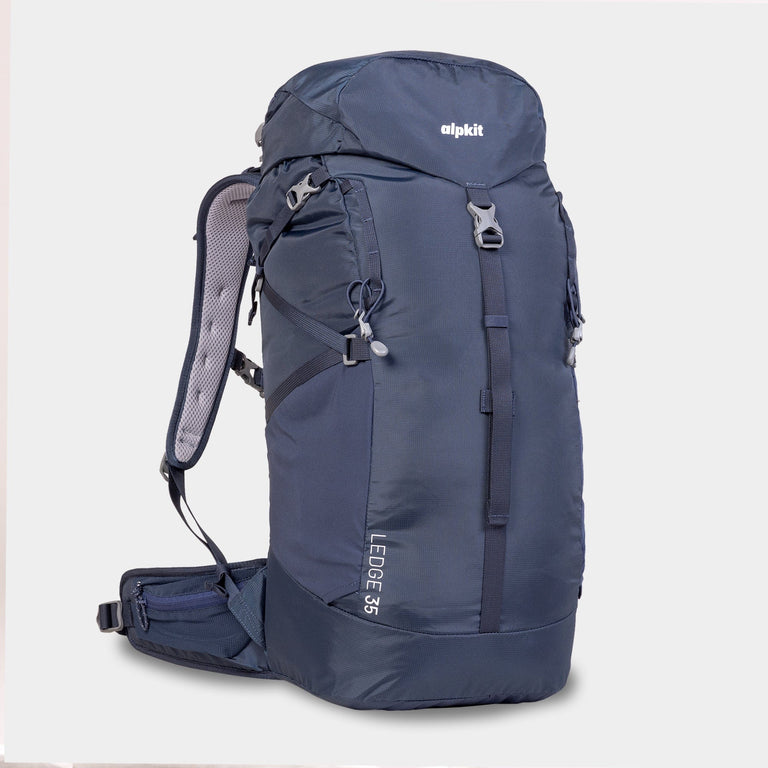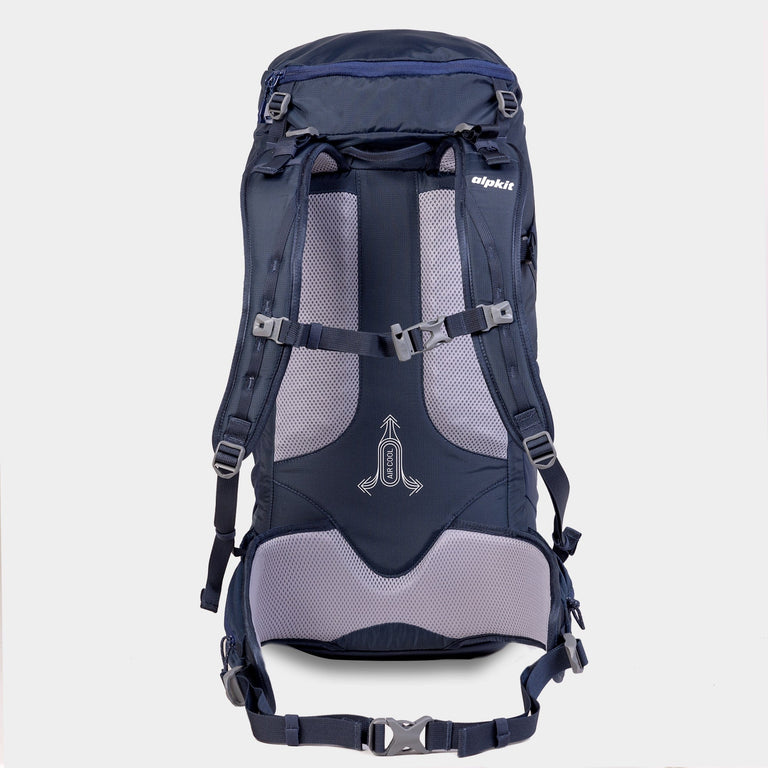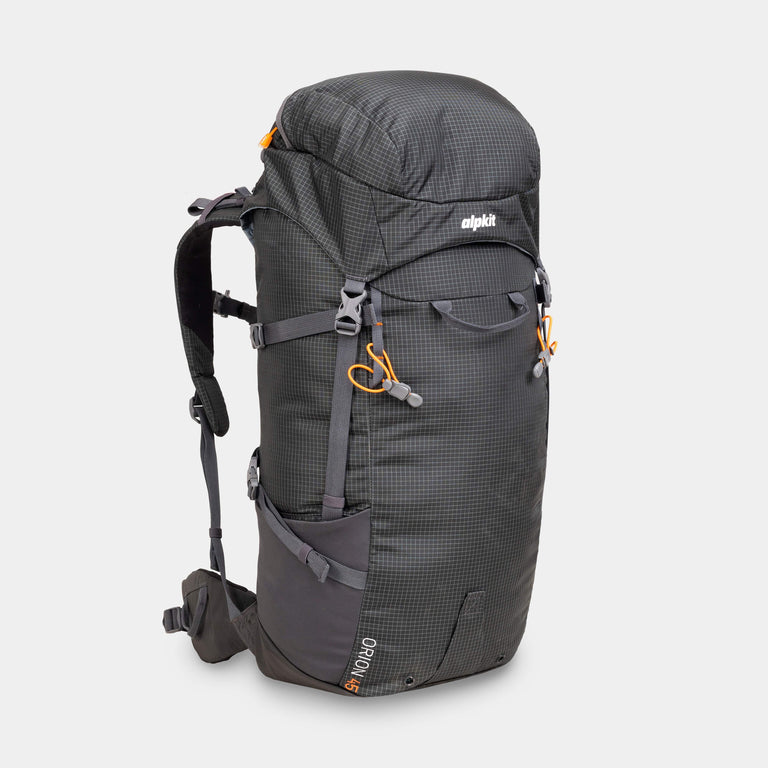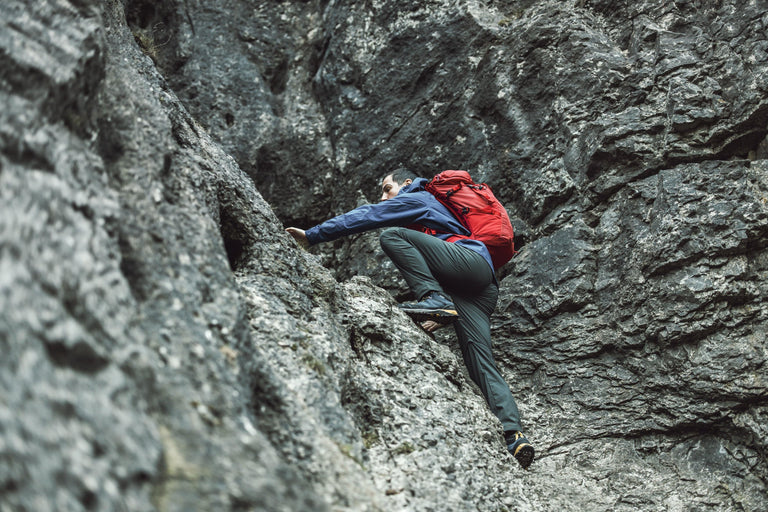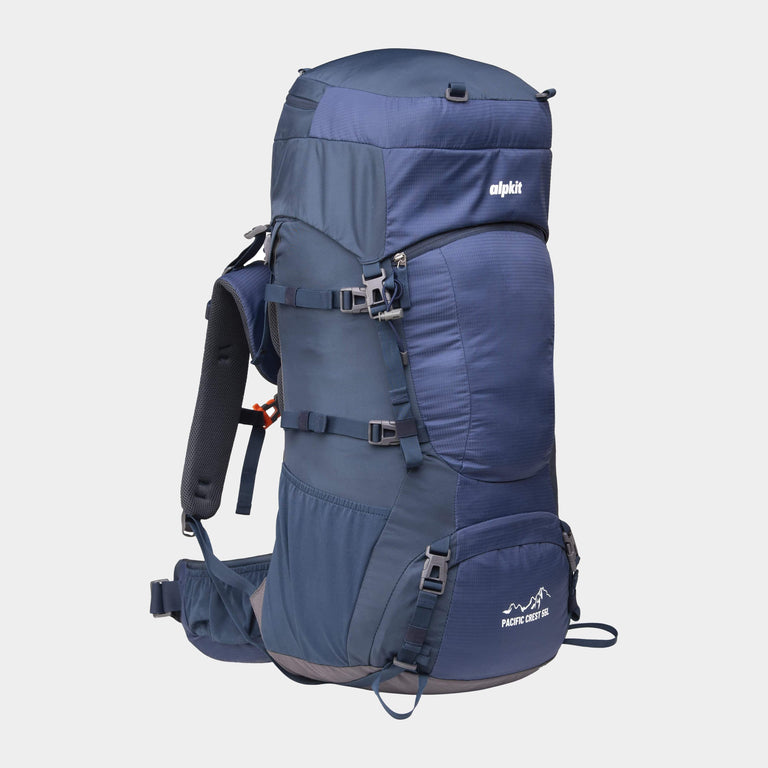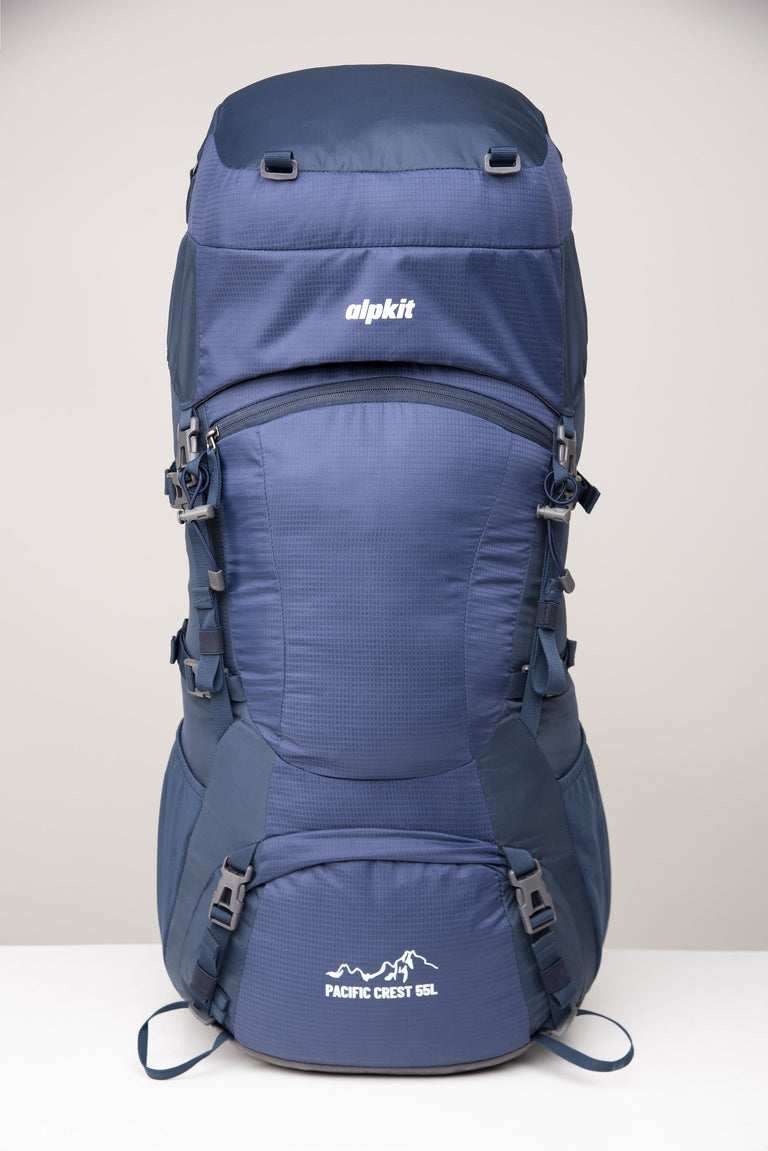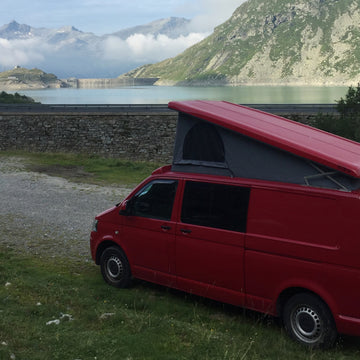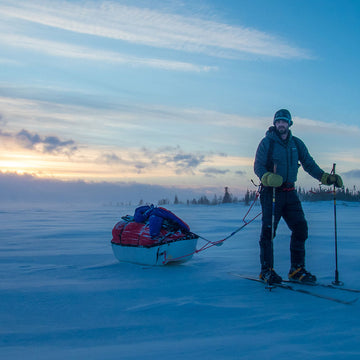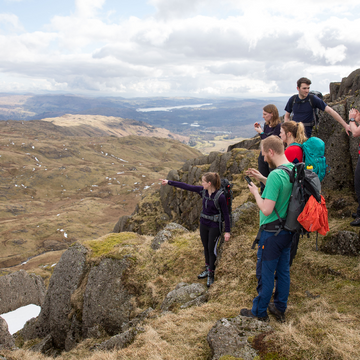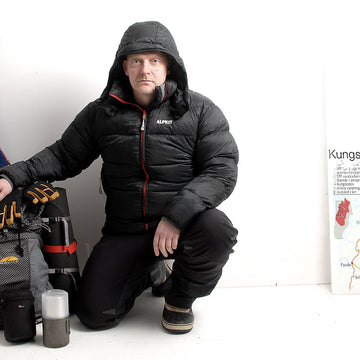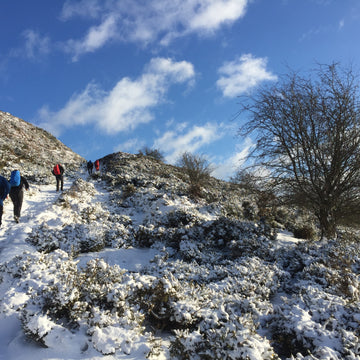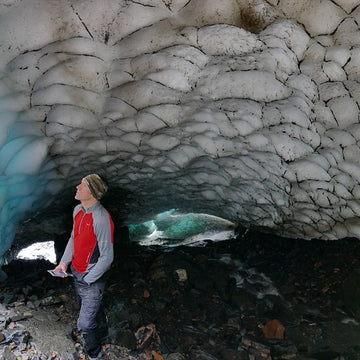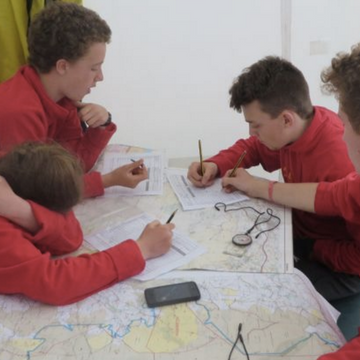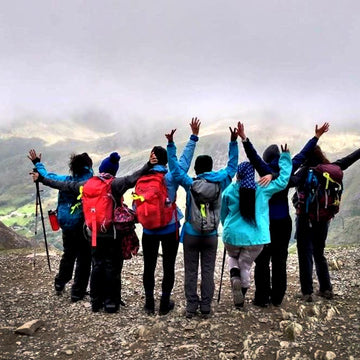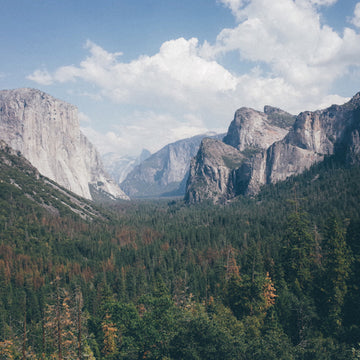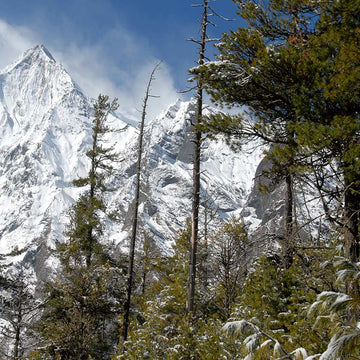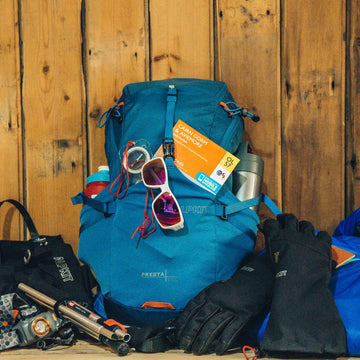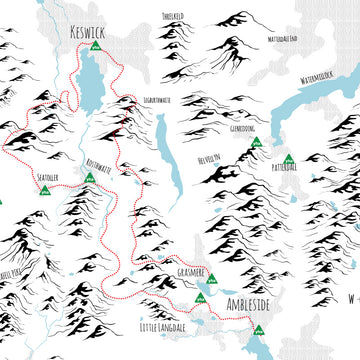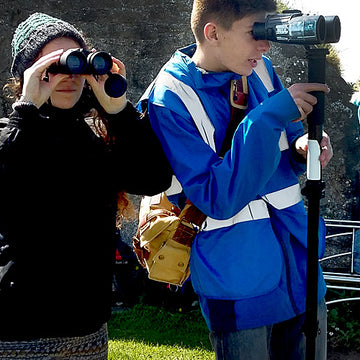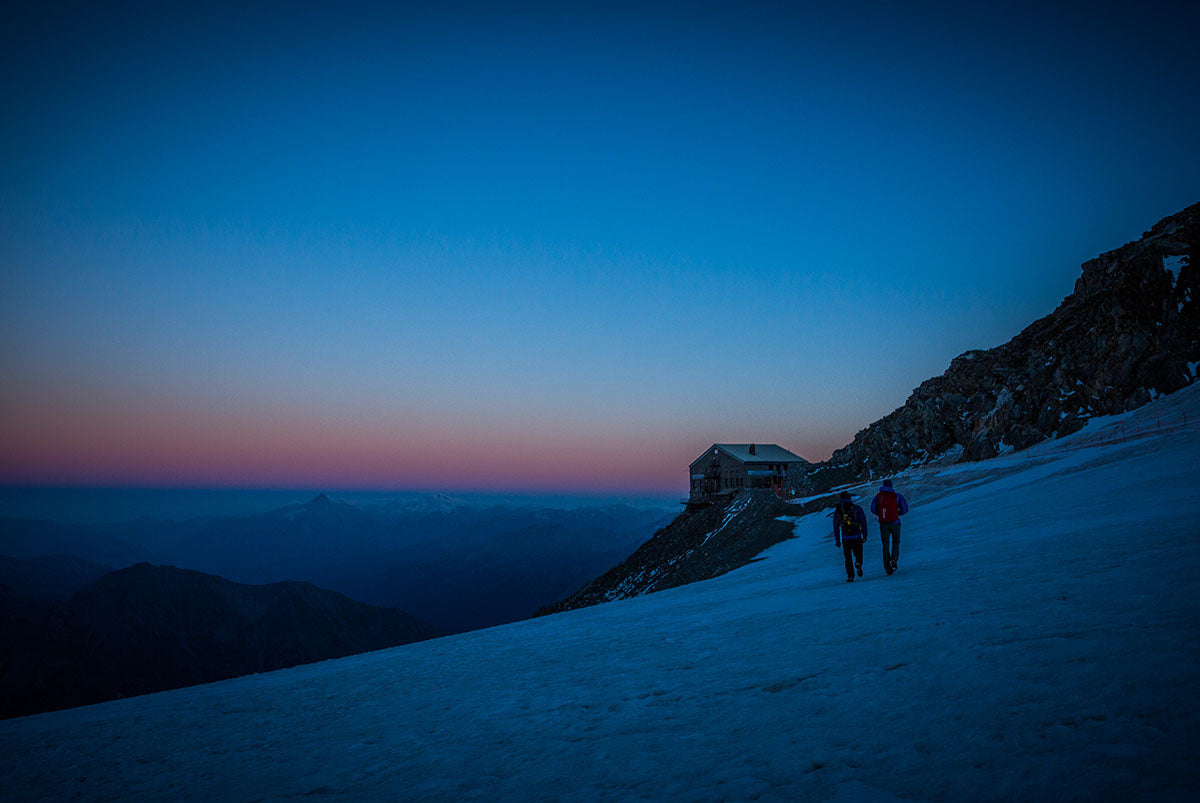
Hut living isn't just shelter, it's camaraderie, warmth, and shared stories. The rustic charm and hearty meals become the backdrop to epic days in the wild.
So you're looking to head into the mountains for a number of days walking. Maybe you don't fancy having to pitch up a tent every time you move on, or maybe you're carrying a load of kit and need a base from which to explore the area. Well luckily people have been disappearing into the wilderness for donkeys years. and that's a long time, creating a network of permanent buildings that provide shelter whilst out for days on end, whether tending sheep, droving cattle or hunting and fishing.
Surviving a night in an alpine hut or a bothy is an adventure that combines the thrill of the great outdoors with a rustic form of comfort. These huts, scattered across mountainous landscapes, provide a unique shelter for those seeking to explore remote areas. Whether you're trekking through the Alps, navigating the rugged trails of Scandinavia, or traversing the vast alpine wilderness of New Zealand, knowing how to make the most of these shelters can greatly enhance your experience.
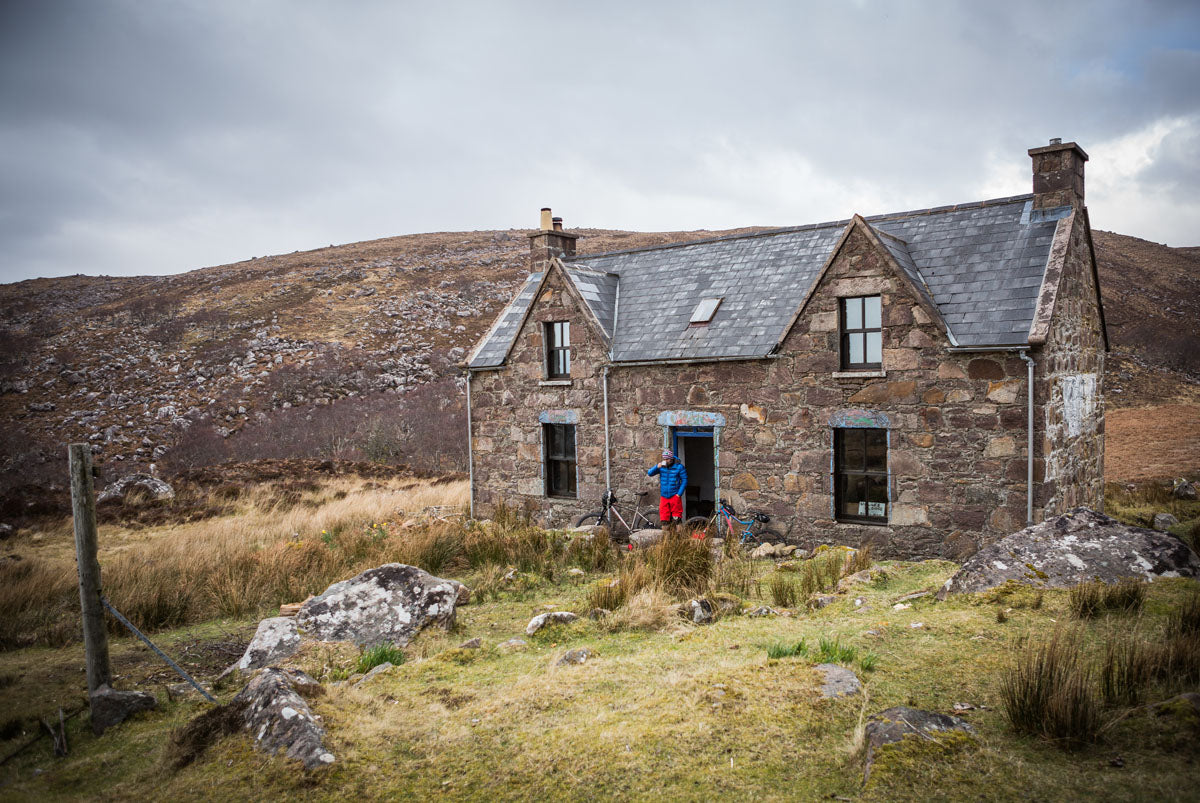
Of course it is important to do your research first as the vast majority will be basic with no facilities, so it’s important you still take appropriate equipment, plus some hut networks will have special rules and regulations that help and ensure a continued up keep. Even in well established areas such as the Alps, customs will vary between countries, so either check on line or even better speak to people who have been before.
Before You Go
- Research the hut: Find out what facilities are available and what you need to bring. This could include sleeping bags, cooking gear, food, and water. Some huts provide potable water, but it's always wise to carry a water purification method.
- Check when they are open: If you are hiking in the spring check your hut is open. Most high altitude huts only open between June and September.
- Check the rules: Many huts have specific guidelines regarding reservations, usage, and etiquette. Some may require advance booking, while others operate on a first-come, first-served basis. Understanding these rules will help ensure a smooth experience for yourself and other guests.
- Leave no trace: Be prepared to pack out what you bring in, including trash. Many alpine huts rely on users maintaining cleanliness and respecting the environment.
Upon arrival
- Secure your spot: If the hut operates on a first-come, first-served basis, find a place to sleep and store your gear neatly. In reserved huts, check in with the caretaker if one is present.
- Gather water and firewood: If the hut doesn't provide these, you'll need to collect them. Ensure you know the local guidelines for gathering firewood to avoid damaging the environment.
- Set up your sleeping area: Even if mattresses are provided, a sleeping bag is essential for warmth. An inflatable pillow or bundled clothes can make your sleep more comfortable.
During yourstay
- Keep the hut clean: Clean up after yourself in communal areas and your sleeping space. This includes sweeping out any debris and wiping down surfaces you've used.
- Be mindful of noise: Sound travels easily in confined spaces, so be considerate of other guests, especially at night.
- Conserve resources: If the hut provides gas for cooking, use it sparingly. Similarly, if there's a wood stove, use the minimum amount of wood needed to cook or stay warm.
Essential hut kit
- Save weight with a sleeping bag liner: Most alpine huts provide a pillow and woolen blanket but expect you to bring your own sleeping bag liner.
- Something to wear when you take you boots off: Quite often you have to leave your boots in the boot room. A pair of hut slippers is a great way to treat your feet after a hard days hiking.
- Headtorch: We are sure you will be carrying one anyway - but remember some huts may not have electricity, and if they do not everyone will appreciate you switching them on at 2am.
- Travel towel: You may be able to hire a towel in some huts, but at only 59 g you may as well take your own Microfibre travel towel.
- Sssh: Most huts are dorms which means you will be sharing your space with others. Expect snoring, late arrivals and people getting up earlier than you. Earplugs can help you get a better nights sleep.
Safety considerations
- Be prepared for emergencies: Carry a first-aid kit and know basic wilderness first aid. Be aware of the closest emergency services and have a means of communication, even in areas with limited service.
- Weather awareness: Mountain weather can change rapidly. Stay informed about the forecast and be prepared for harsh conditions, even if you plan to stay indoors.
Leaving the hut
- Leave it cleaner than you found it: This age-old adage holds true. Ensure the hut is tidy, restock any supplies if you're able, and close all windows and doors securely.
- Share your experience: Many hut systems benefit from the feedback of their users. Leave a note in the hut's logbook, detailing the condition of the hut and any supplies or repairs needed.
Staying in an alpine or mountain hut can be a deeply rewarding experience, allowing you to connect with nature while enjoying a sense of community with fellow adventurers. By following these guidelines, you can ensure that these unique shelters remain available and welcoming for future explorers.
Where to find your hut
Mountain huts go by a few names depending which country you are trekking in, here are some common names to search for:
- Alpine Hut
- Mountain Shelter
- Refuge
- Rifugio
- Bothy
- Cabane
- Hütte
- Cappana
- Koča
For a bit more helpful advice on alpine huts check out the following sites:

